The Importance of Having a Medical Chest
A Medical Chest: Is it important?
OF COURSE.
Whether your bugging out with a group or bugging out alone it is extremely important to have someone with some degree of medical knowledge and/or skill. If you’re bugging out with a group and you’ve got a plan in place, but no designated “medic”, you have a problem. If you’re bugging out alone and you don’t have any basic medical knowledge, again, you have a problem.
It’s easy enough to say “I never get sick” or “Ill tough it out” when it comes to an illness or injury in everyday life, but if you’re bugging out, everyday living will cease to exist. Whether you’re hunkering down in a bunker or climbing up foothills or mountains, sh*t is bound to happen. Maybe someone in your family brought in a simple cold. It doesn’t take long for that simple cold to turn into a sinus infection, which once your immune system is beat down enough, can turn into pneumonia. Consider you’re climbing in the foothills or hunkering down in a forest and you drink some bad water…maybe your Lifestraw has already filtered its limits, or maybe your water wasn’t heated for long enough. Bacteria can take hold of your body’s systems within days, sometimes hours, and cause unfortunate and inconvenient effects such as vomiting, diarrhea, dehydration and eventually, death. You get my point.
So what can you do to prevent this? Well, stay healthy, take your vitamins, and boil your water. Stating the obvious, right? Prevention is great, but like I said, and I’ll say it again, sh*t happens. A contingency plan for those SHTF moments is the key to efficiency and more importantly, survival. You can create a top-notch medical kit addition to any bugout bag or kit easily and cheaply. All it takes is basic medical knowledge and a small pack to potentially save you, your family or your friends in a SHTF situation.
The Doomsday Book Of Medicine: A Guide for When Help is Not on the Way
“I’m a dentist, and I have just enough medical knowledge to be dangerous. This marvellous book has so far exceeded my expectations that I am amazed that so much useful knowledge can be packed into one book! Hats off to Dr. La Guardia! The information in this book can be used immediately to improve your health, and expand your treatment options in many areas even if there is never a crisis event for you and your loved ones. The panorama of medical, herbal, and traditional treatments in one easy reference makes this one a MUST HAVE! for everyone interested in healthy options and preppers/survivalists in particular. Cannot recommend it more highly. If you can only buy one medical reference book, this is IT!
The Basics of a Medical Chest:
Ibuprofen: So Underrated. It’ll help with mild pain, but more importantly, it can help take down and break a fever. How fun is it trying to function at your day job with a fever that turns into a massive headache that turns into hot flashes and cold sweats? Now imagine dealing with that while you’re lumbering through the wilderness. Not fun.
Pepto Bismol: Once again, underrated. Not only will this reduce your burning desire to throw up those repulsive MRES, but it has the potential to get diarrhea under control. Having to stop every 5 minutes to see a bush about a horse? Inconvenient AND unpleasant.
Benadryl: Works for both people and dogs, making it a vital part of my personal bag. Hiking through the woods and your dog steps on or eats a wasp? I know I don’t want to carry my almost 50 pound dog for very long, how about you? 1 MG per pound of body-weight will take care of that problem. It can also be used to ease a dog’s anxiety, just lower the dose a bit. If you’re traveling or hunkering down with someone who has an allergy whether it be to a food or animal, a quick response with a dose of Benadryl can make a bigger difference then you would expect. I carry a bottle of Benadryl and a tube of Benadryl Cream for topical use.
Medi-Lyte: Uncommon, but not unimportant. I used to work in the oil fields during the big boom, and this was something I always kept stocked for my guys. It is used to replace electrolytes from excessive loss of liquids. I’m talking sweat, vomit, whatever. You can purchase 500 tablets on Amazon for twenty bucks. 100% WORTH IT. Oh, and try two tabs for a hangover, it’ll do wonders ????
Hydrocortisone Cream: Once again, suitable for both you and your dog. Hiking out in the woods comes with a price. While an occasional bug bite is not something that will really bother you, being covered in them probably will. The same goes for your dog. Mosquito bites, tick bites, flea bites, poison ivy, weird rashes; it covers it all. Literally.
Triple Antibiotic: This one is basically the jack of all trades. Use it on burns, cuts, scrapes, and anything else you’re worried about getting infected. I would suggest only using it the first 1-2 days after the injury is sustained. After scabs are formed it won’t do much and there is no point in wasting precious supplies.
Everyday Allergy Meds: Sudafed, Zyrtec, Claritin, because there is nothing worse than trying to walk long distance or climb bluffs or mountains with a runny nose.
CPR Mask and Sterile or Nitrile Gloves: I don’t care how well you know someone; do you really want to take a bath in their bodily fluids? I didn’t think so. Carry a CPR mask with you in your medic bag and remember the basics from CPR Class, compressions and breaths, 30:2. Compressions should be done by finding the middle spot between the nipples and pumping your overlapped hands down onto their body. They won’t tell you in your average CPR class, but I will; you will hear ribs cracking, if they survive they will be in pain from it, and it is not easy on the body to lean over and perform compressions on someone. You will be sore. Saving someone’s life though- 100% worth it. If you haven’t taken a basic CPR class yet, don’t be a dummy. It’s 50$ on average and takes only a few hours of your time.
Hot Hands: There is nothing worse than being sweaty, cold, and out in the wilderness. Once you’re cold it is very hard to get warm, but a hot hands pad can make the world of difference. Toss one onto the top of your head and cover it up with a hat. My dad has told me since I was little; heat rises. Keep your head warm and your body will be warm.
Various sized Band-Aids, bandages, ace wraps and anti-bacterial wipes: Obvious, but easily overlooked. I was on a mountain climbing trip in Montana this fall, and I got stuck coming down at night. Not smart, and not fun. I tripped on a tiny rock and my ankle bent and twisted. The next morning I had a 7 mile hike to a primitive forest service cabin across two mountain ranges and I could barely walk without my ankle giving in. An ace wrap and some duct tape made the world of difference.
The Not-So-Basics:
I don’t expect you guys to have giant stockpiles of these things lying around, but I can guarantee you if you dig through your cabinets and junk drawers you’re bound to find one or two of these things lying around. Please also remember I am not a doctor, and I’m not god, so take everything I say with a grain of salt. Having these things does not guarantee a life saved.
Epi-Pens: Unfortunately, these have gotten harder to come by recently, on account of obnoxiously high prices, but if you or your family member has an allergy that requires you to carry one of these, don’t leave it behind when you bug out. Not only could it save your life for what it was intended, but it could save someone in your groups life should they encounter an unexpected allergy source.
Muscle Relaxers: If you’ve done any hiking, walking or running long distances you know how exhausting it can be on your body. Imagine doing it for days at a time while trying to find the perfect camp location. These come in handy to both relax your body and your mind, making it much easier to carry on hiking or even sleep. Personally I can take one of these and continue on with my day, but I’ve heard stories of people taking them and falling asleep within the hour, so remember that everyone responds differently.
Antibiotics: I know I can’t be the only one that’s been prescribed antibiotics and not taken all of them. Do you have a stockpile of half taken antibiotics? In everyday life it’s not a good idea to take half of a dose and leave the rest behind, as it puts you at risk for antibiotic resistance, but if you’re in the wilderness or an emergency situation and you need antibiotics, I think you can afford to take that risk. The same goes for your basic antifungals.
Higher Dose Pain Relievers: If you have left over pain killers from a surgery or injury, pack them up and take them along. I will let you imagine all the possible injuries that may require their use.
Israeli Pressure Bandages: These bandages have been carried by the Israeli Army for ages for a good reason. They compress, clot, and cover a wound. The instructions are on the packaging, and they are fairly simple, lightweight, and about 10$ a piece on Amazon. Worth it.
Suture Kits: Also available on Amazon, although they are usually labeled “for veterinary use only.” They will work in time of need. It’s basically a needle and thread. Buy a few and practice stitching up an orange, or if you’re looking for a little more “real world” (and gross) experience, a pigs foot. It’s pretty much what you see on TV. Unless you went to medical school, you will not be an expert, but if it’s absolutely and undeniably necessary, you’re better than nothing.
I have all of these things in my bugout bag, and it only takes up a very small portion of it. Scrounge up what you can from what you already have, and buy the rest when it’s convenient or on sale to keep costs low. If you’re low on space, take the pills out of the bottles and package them in plastic instead, but remember that the bottles can have other uses in your bag.
I have no doubts that with even 1/2 of these items in your bag you will be better off than your average prepper. Never underestimate the power of basic medical knowledge and preparation. Good luck out there!
Other self-sufficiency and preparedness solutions recommended for you:
The Lost Ways (The vital self-sufficiency lessons our great grand-fathers left us)
Survival MD (Knowledge to survive any medical crisis situation)
Backyard Liberty (Liberal’s hidden agenda: more than just your guns…)
Alive After the Fall (Build yourself the only unlimited water source you’ll ever need)
The Lost ways II (4 Important Forgotten Skills used by our Ancestors that can help you in any crisis)
The Patriot Privacy Kit (Secure your privacy in just 10 simple steps)
A Medical Chest: Is it important? OF COURSE. Whether your bugging out with a group or bugging out alone it is extremely important to have someone with some degree of medical knowledge

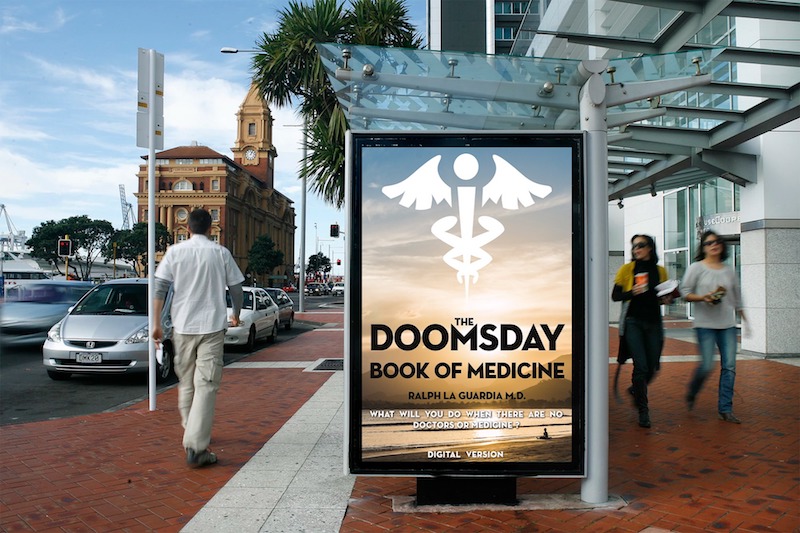

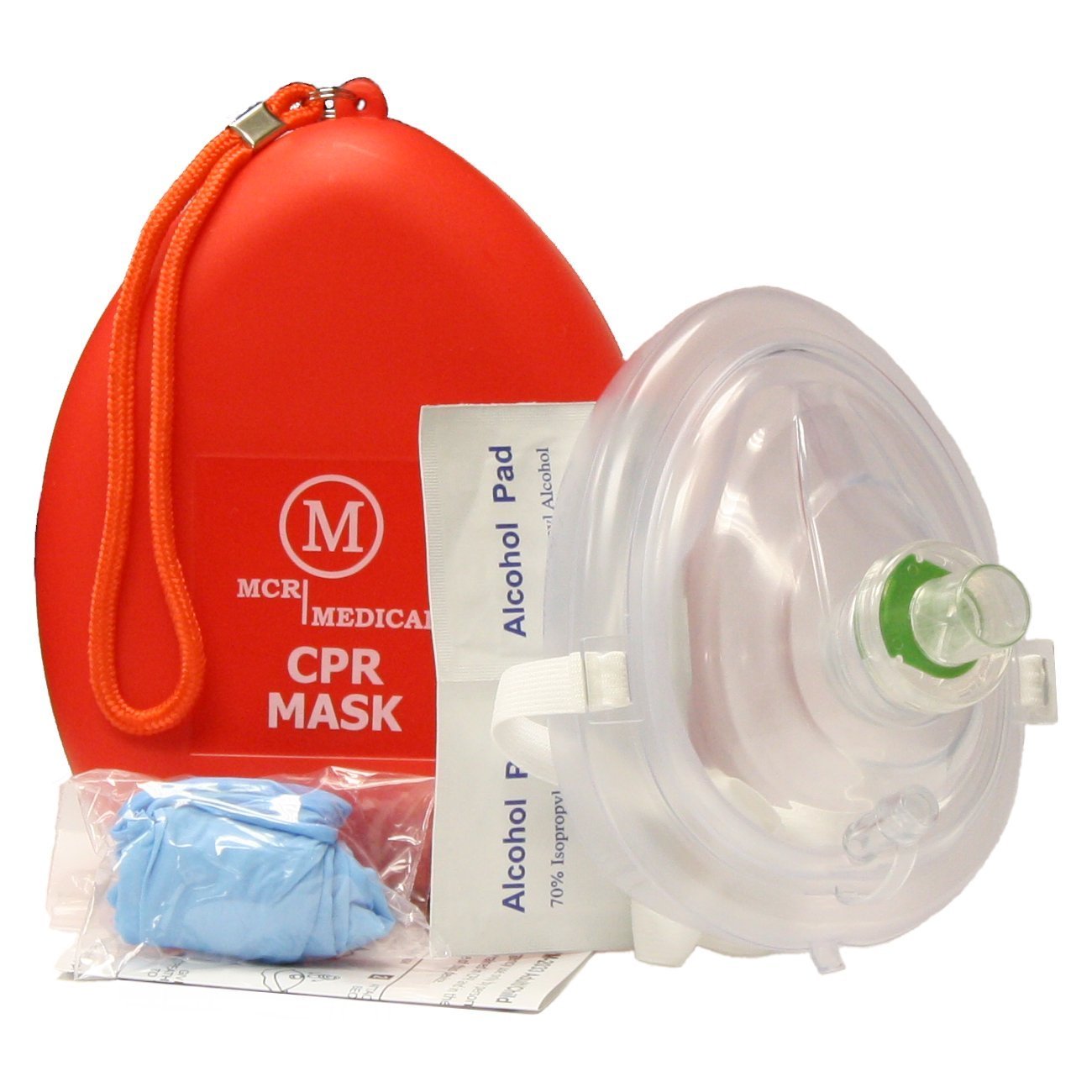
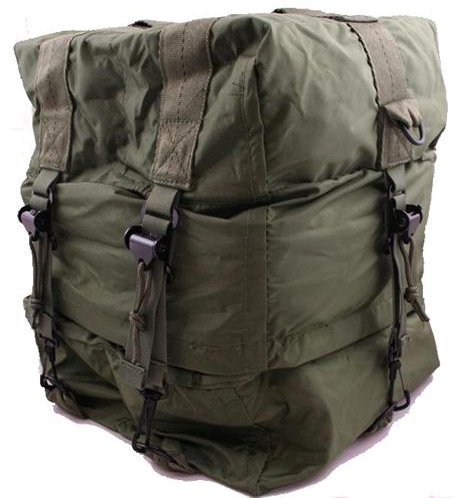
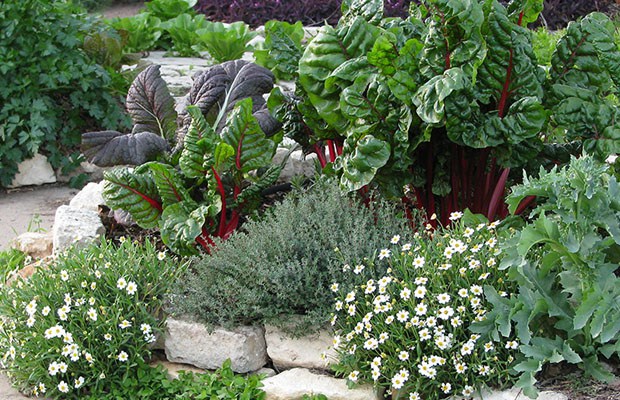







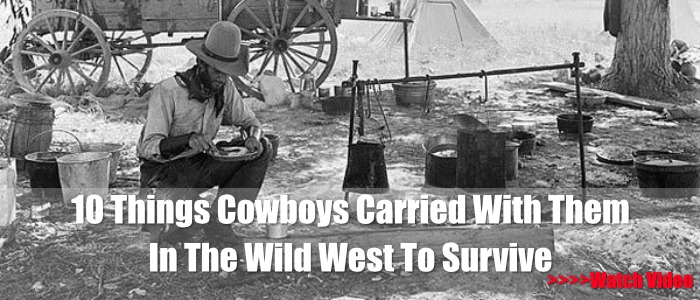
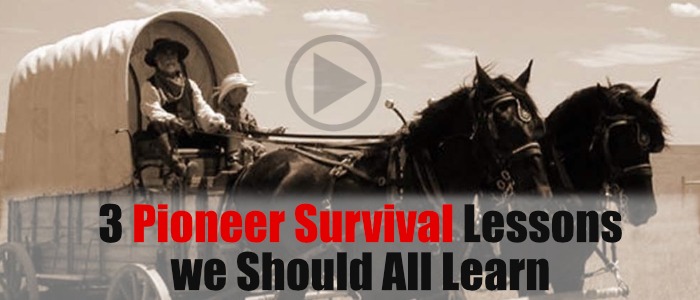
![grease-pencil[1]](https://www.finalprepper.com/wp-content/uploads/2016/07/grease-pencil1.jpg)
![sewing-scissors[1]](https://www.finalprepper.com/wp-content/uploads/2016/07/sewing-scissors1.jpg)
![contact-paper-sheets[1]](https://www.finalprepper.com/wp-content/uploads/2016/07/contact-paper-sheets1.jpg)
![chalkboard-spray-paint-1[1]](https://www.finalprepper.com/wp-content/uploads/2016/07/chalkboard-spray-paint-11.jpg)
![dry-erase-ultra-fine[1]](https://www.finalprepper.com/wp-content/uploads/2016/07/dry-erase-ultra-fine1.jpg)
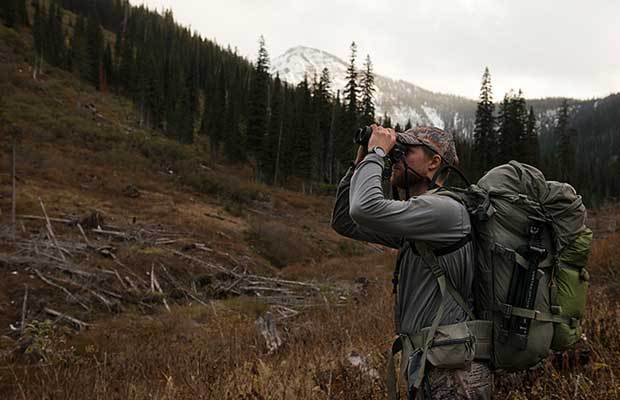
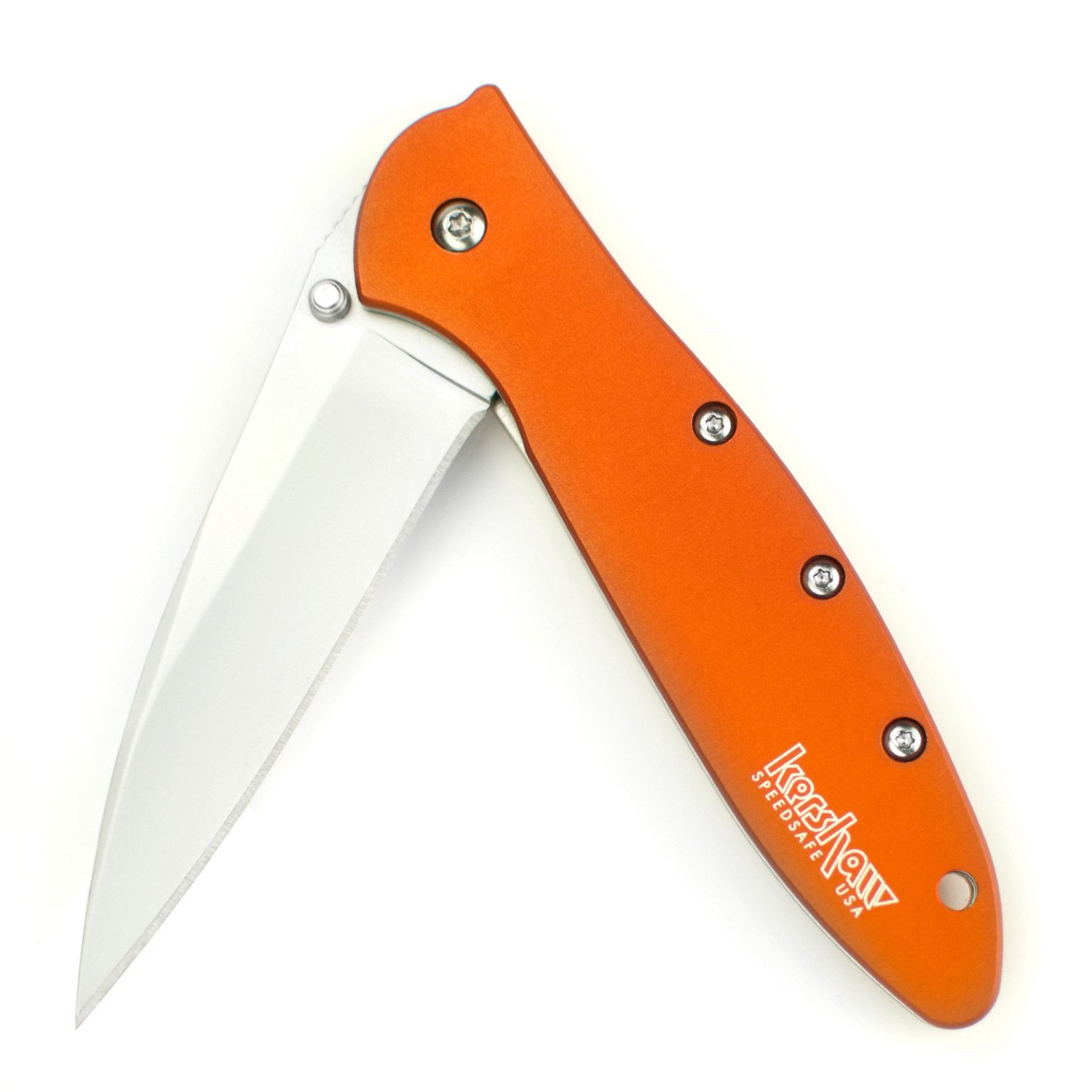
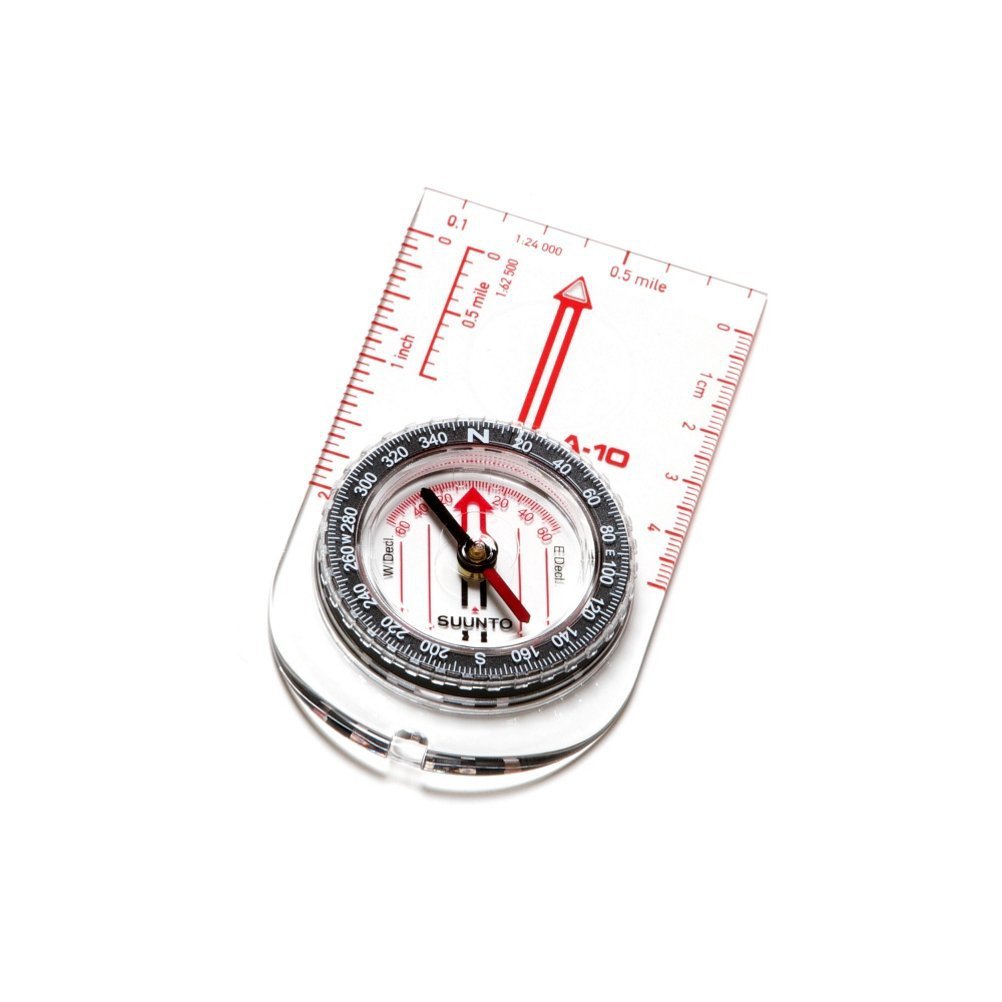
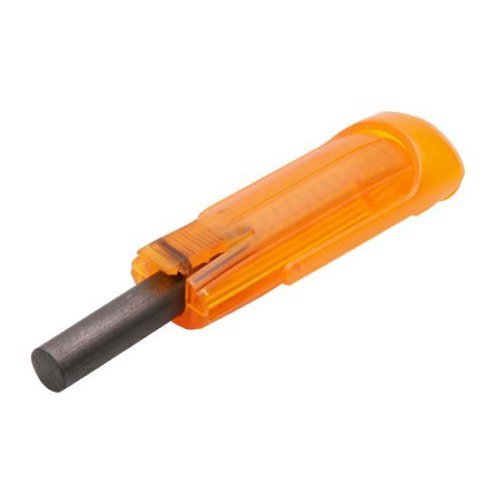
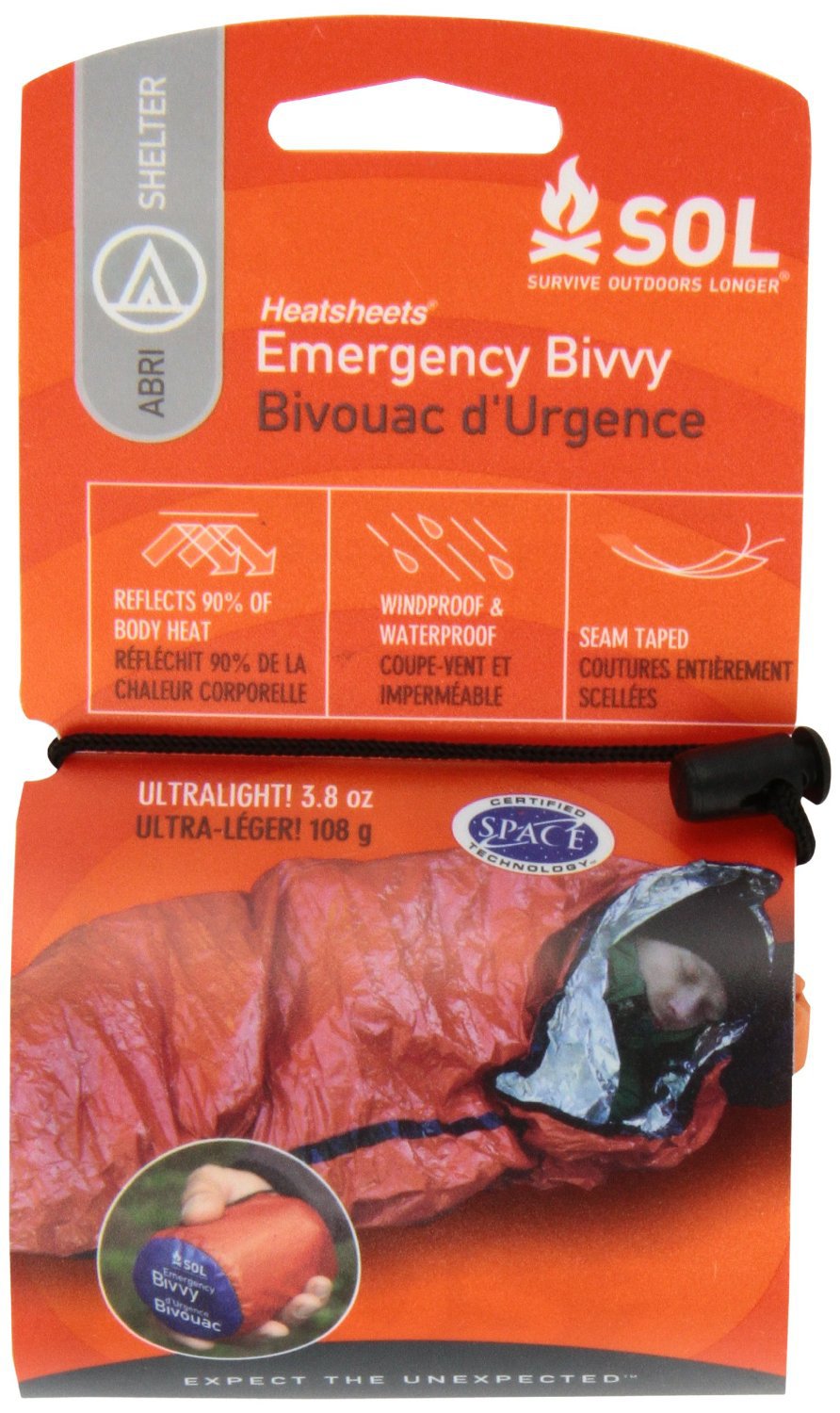
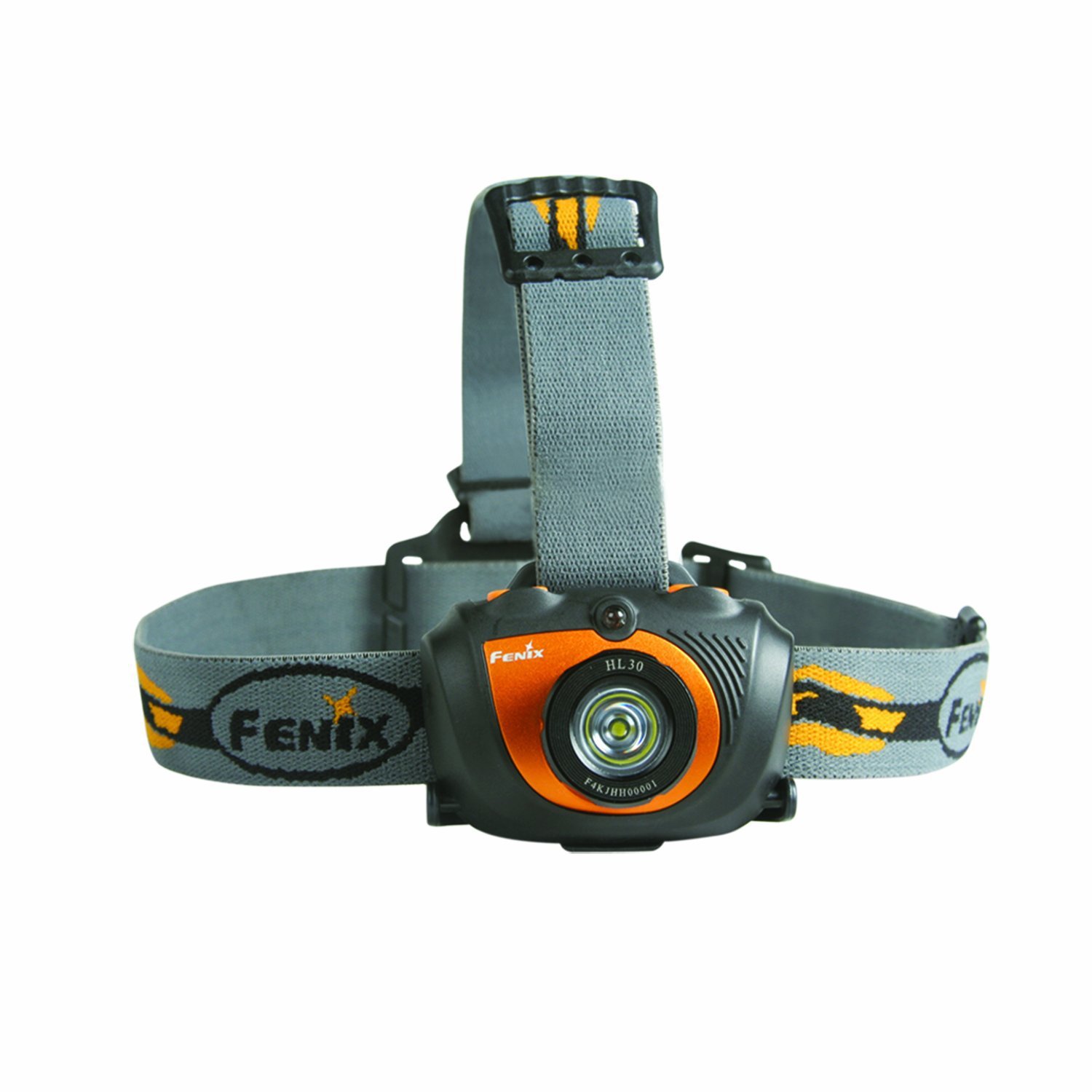
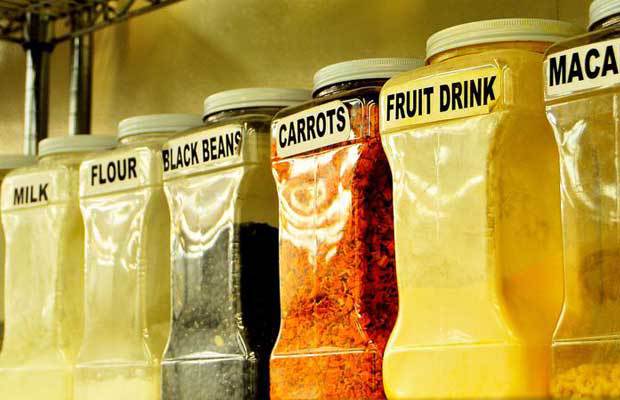
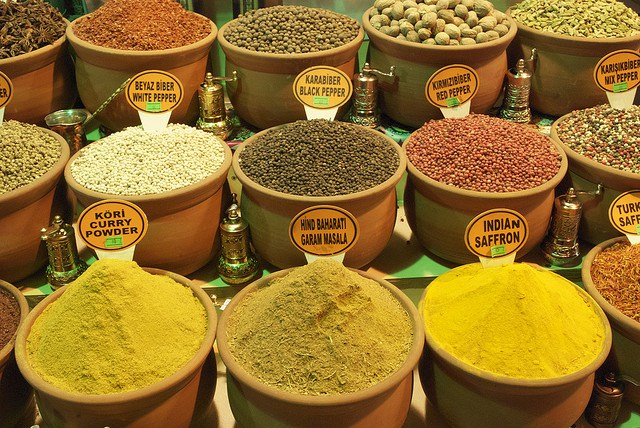
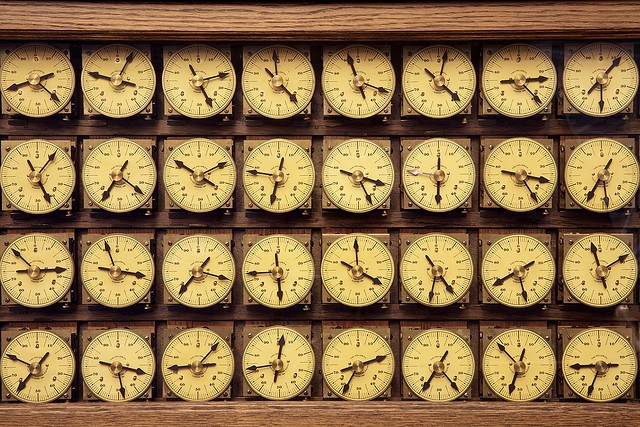
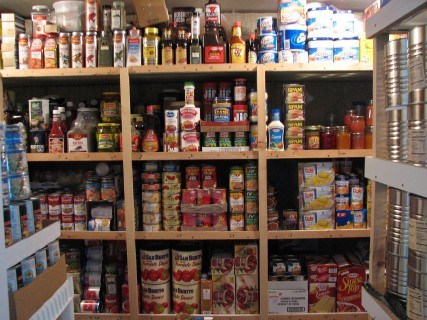
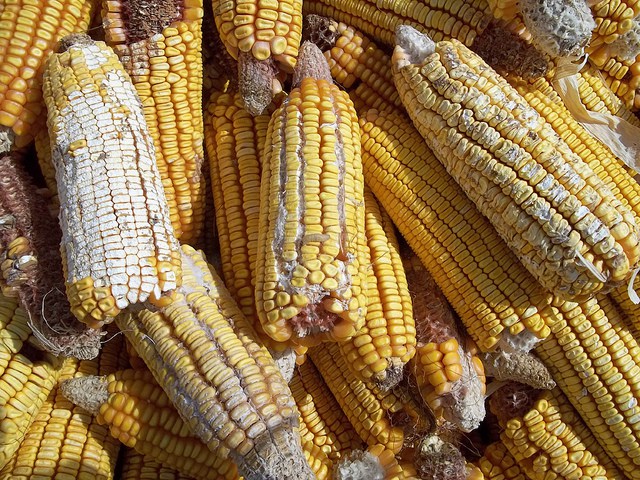
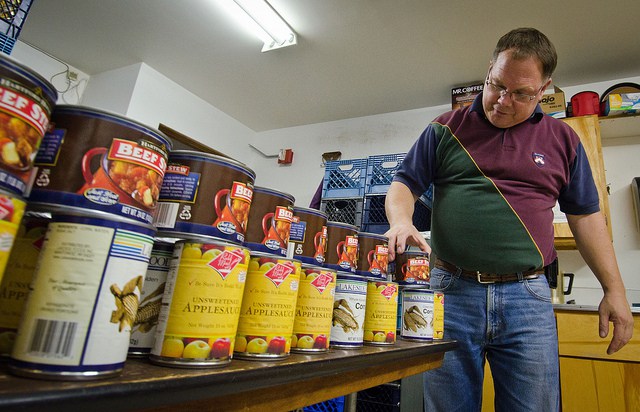
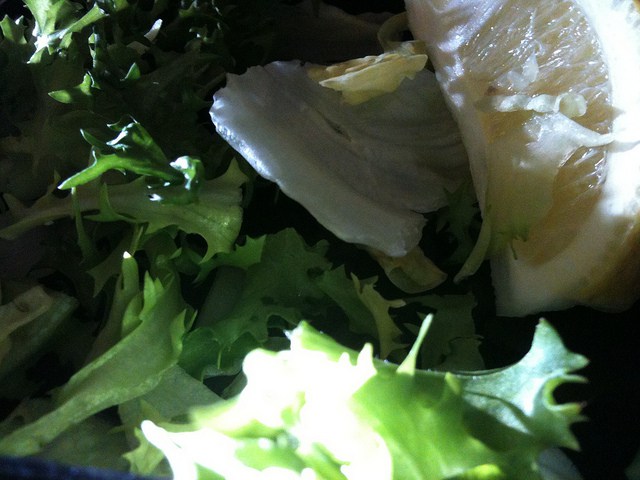
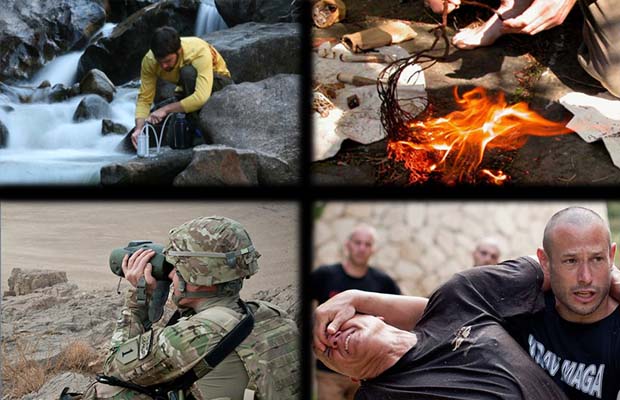




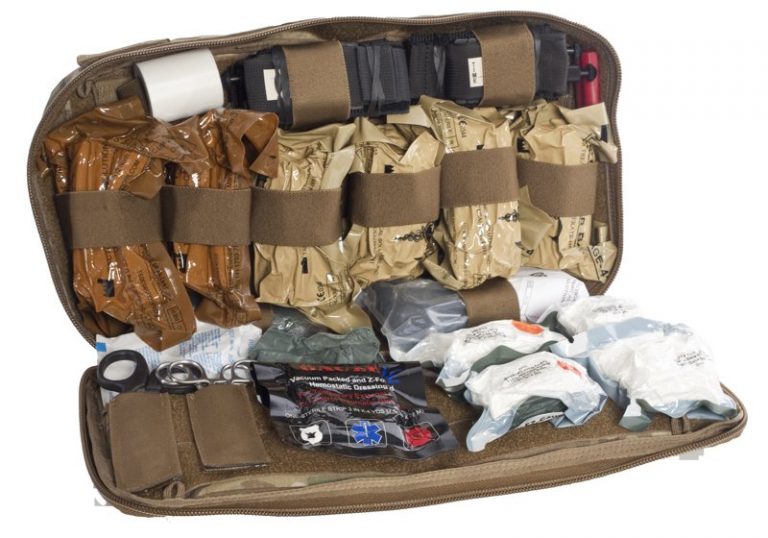
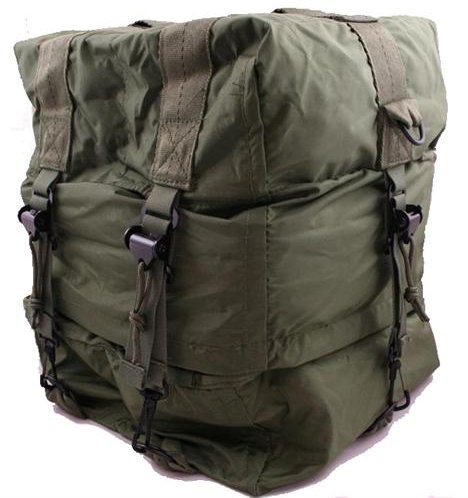
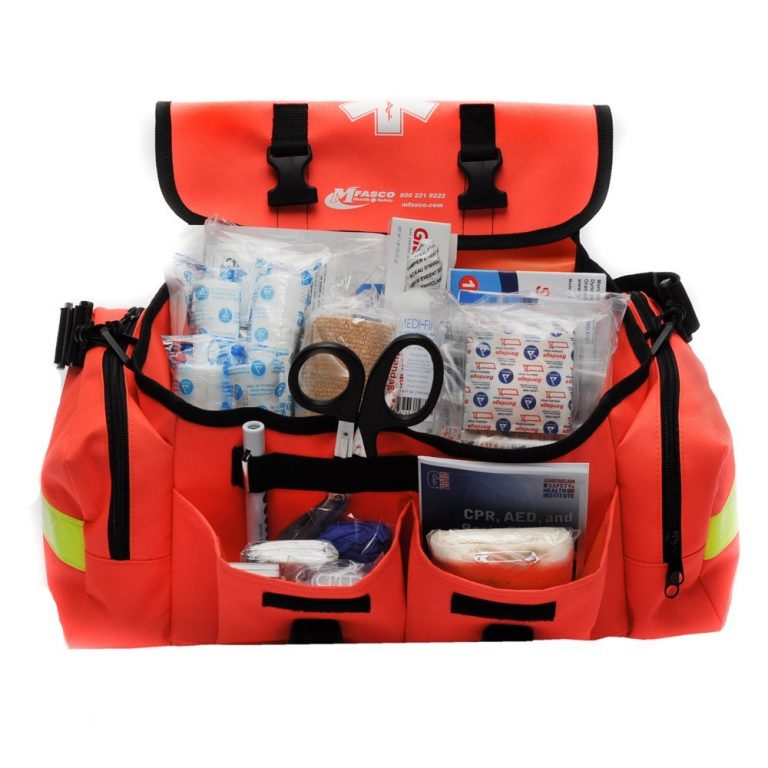
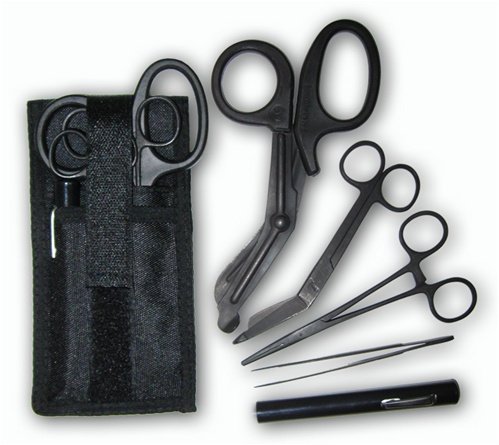
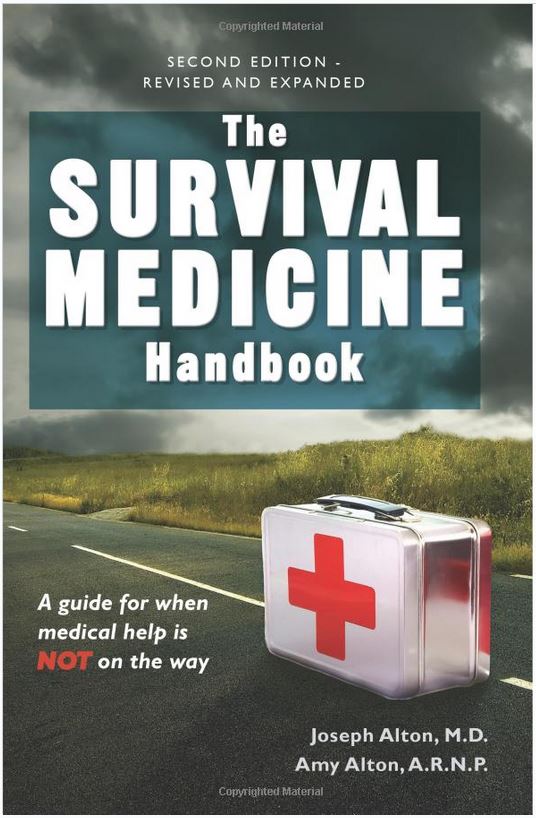
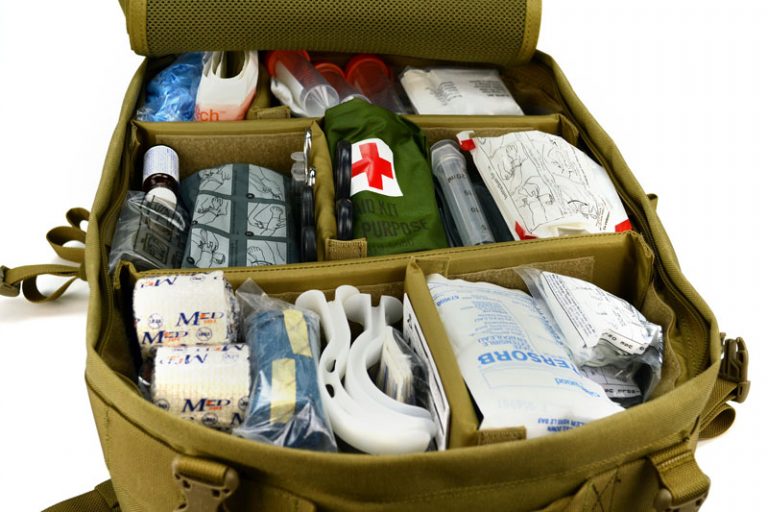
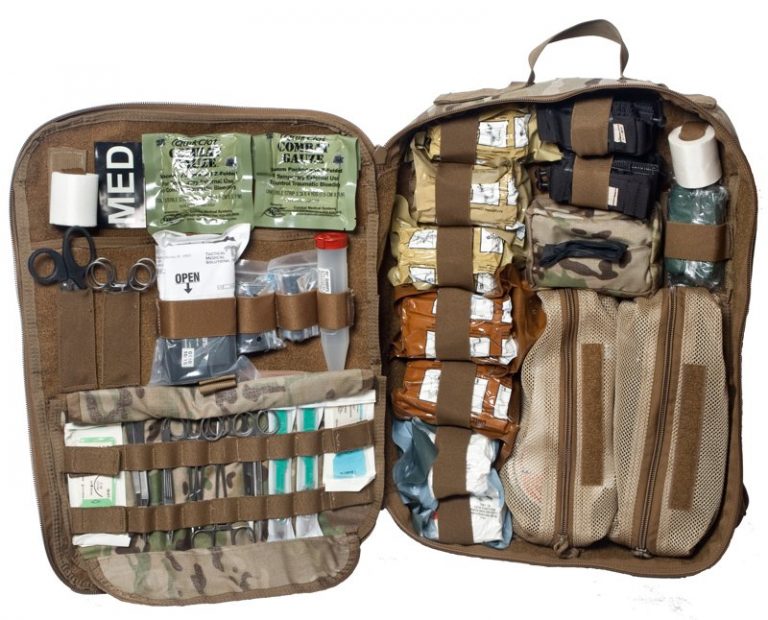













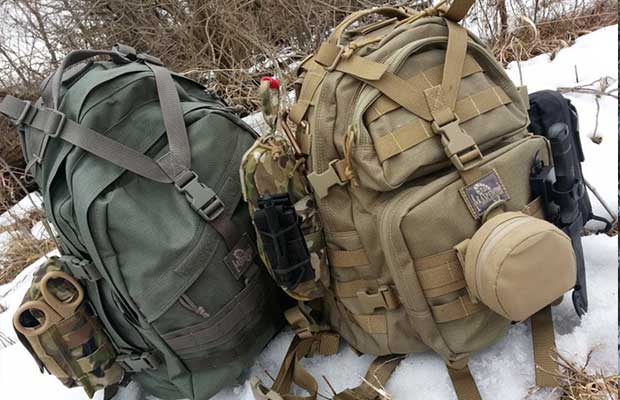





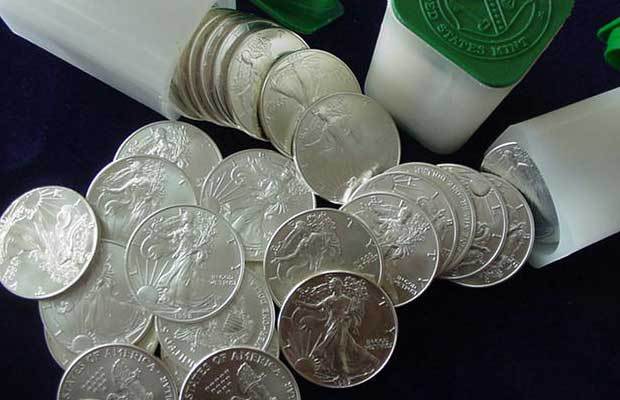


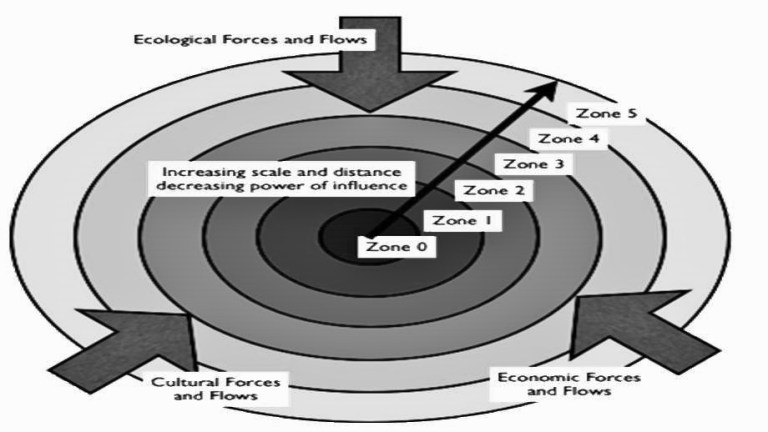

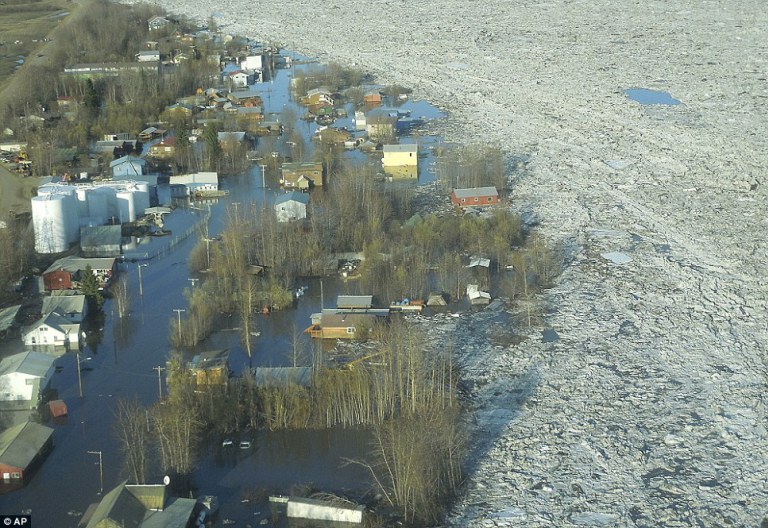
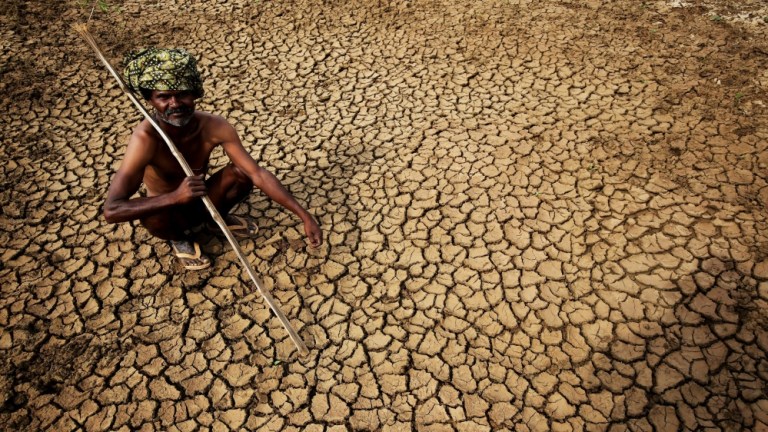
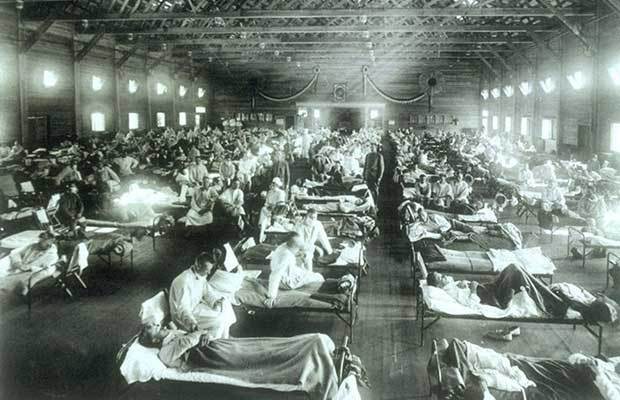
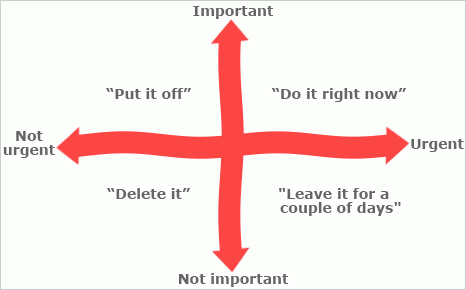
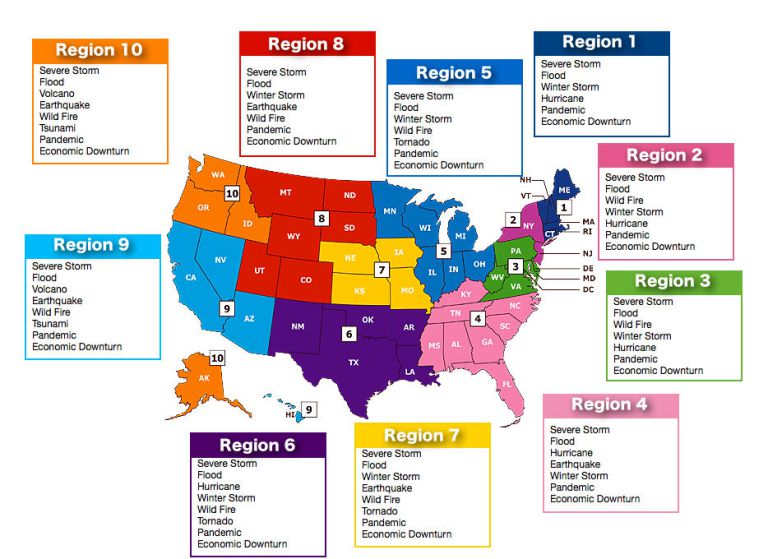
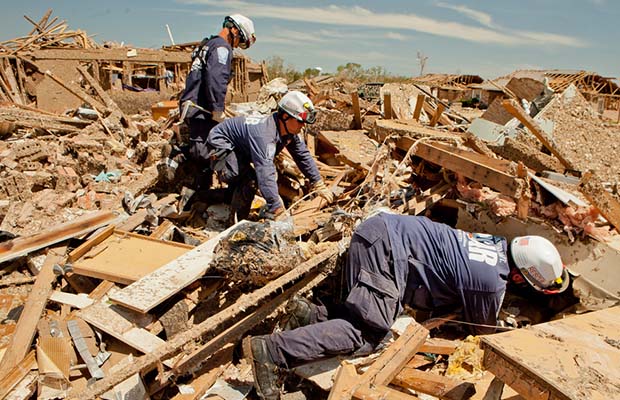

 A urban survival kit can give you the survival items you need to make it out of the city fast.
A urban survival kit can give you the survival items you need to make it out of the city fast.
 In a disaster or crisis you could find yourself running for your life. Will you have the gear you need?
In a disaster or crisis you could find yourself running for your life. Will you have the gear you need?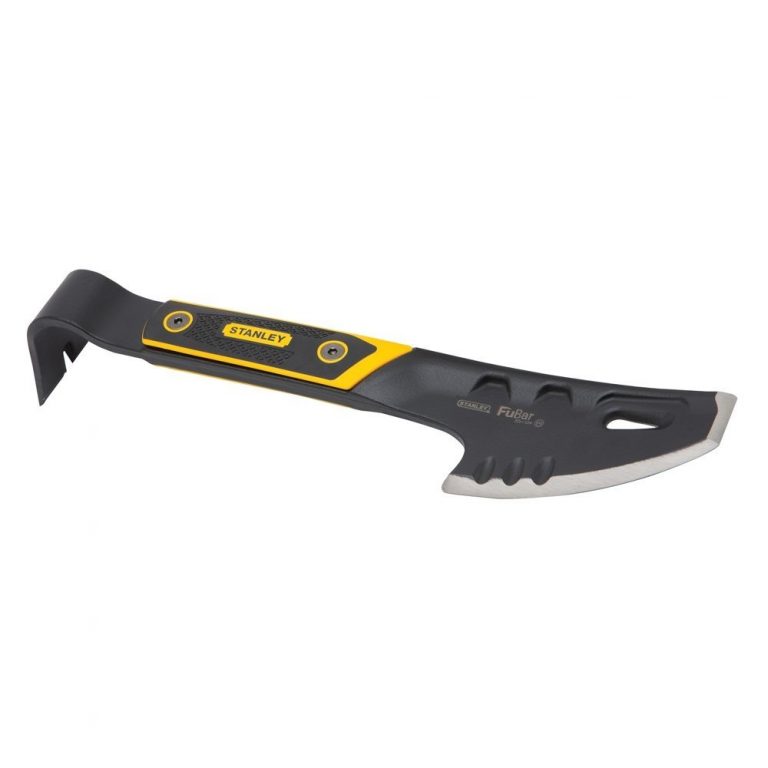
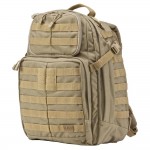 Rush 24 by 5.11 Tactical
Rush 24 by 5.11 Tactical


